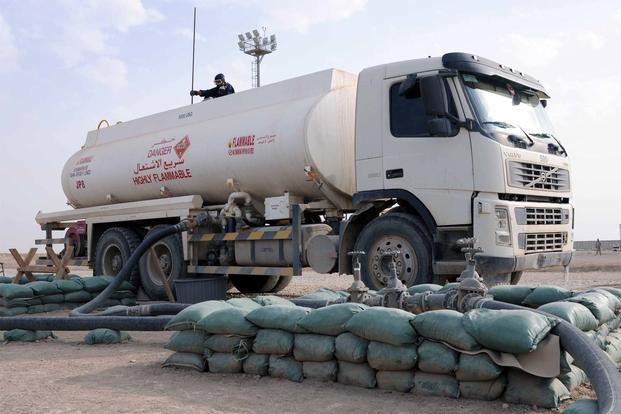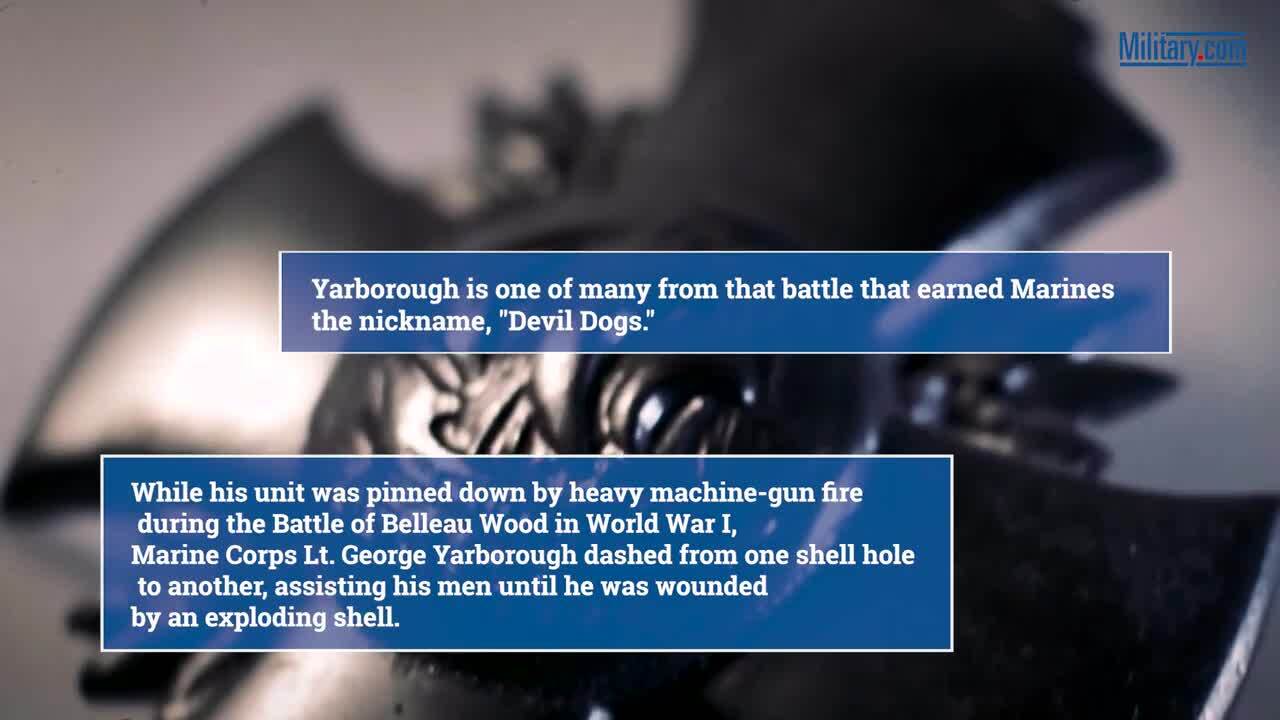-- Greg Douquet is founder and managing partner of Red Duke Strategies. Before retiring, he was a colonel in the U.S. Marine Corps and chief of staff for Marine forces in Africa and Europe. In March 2003, he was the aviation planner for the 1st Marine Expeditionary Force.
It was March 2003 when Gen. William Wallace, then-U.S. Army 5th Corps commander, was reminded of the axiom: "Amateurs talk tactics, but professionals study logistics."
The massive and powerful 5th Corps -- the main effort in Central Command's bid for victory in defeating Saddam Hussein's elite Republican Guard force -- was "operationally paused." As the world watched, media and political leaders were characterizing the situation as a "quagmire."
Wallace's most acute logistical concern was fuel to feed his massive 1st Armor Division and 3rd Infantry Division.
To Wallace's east, I Marine Expeditionary Force planned three major forward operating bases for sustainment, as well as 27 refueling points along its route of advance.
Our new secretary of defense was leading I MEF's charge to defeat the Iraqi armed forces. Gen. James Mattis, then-1st Marine Division commanding general, in an effort to maximize momentum and the endurance of the division's mechanized vehicles, reduced the load of his Marines, minimized mechanized vehicles, put full faith and confidence in the 3rd Marine Air Wing, and accepted the risk that his force could achieve its objectives before running out of gas.
Later, Mattis reflected back on the compromising situation of the "March Up" as well as fuel demand during counter-insurgency efforts in Iraq and Afghanistan and stated that the military must be "unleashed from the tether of fuel."
Mattis had seen the future imperative to change our sources of energy for military operations, and it was written in the lessons of the recent past.
The Soldier's Load
Largely as a result of Mattis' testimony, the Defense Department investigated ways to reduce fuel dependency and established operational energy staffs at the Pentagon.
More efficient generators, man-packable solar arrays, and attempts at more fuel-efficient vehicles promise to make tomorrow's ground forces nimbler and extend their range and endurance.
However, without resources for design and testing to improve these nascent efforts, the ability to radically alter the military's fuel demand will not mitigate the risks of today or prepare for the battlefield of the future.
Energy Security in the 'Third Offset'
While the DoD has commenced many important energy initiatives in recent years, its dependence on fossil fuel still presents a vulnerability to our forces.
Continuing wars in Afghanistan and renewed involvement in Iraq and Syria remain characterized by a steady stream of fuel trucks to feed the American way of war.
The Pentagon has taken a closer look at its supply chain, ultimately finding that by 2009 more than 3,000 troops and civilian contractors had been killed or wounded protecting convoys, 80 percent of which were transporting truck fuel. The passage of the fuel that survived often required payouts to dishonest governments and even the Taliban.
Iterative improvements in weight and efficiency are not enough. To ensure that the next "March Up" is governed by the ingenuity of the maneuvering formations and not the pace of commercial fuel trucks, the DoD must harness the remarkable technological innovations in renewable energy and link them with our emerging operational concepts.
If Multi-Domain Battle is a precise description of how the U.S. will wage future war, the large footprint FOBs as we knew them in Operations Enduring Freedom and Iraqi Freedom will disappear. Command posts will need to reposition rapidly to move with their dispersed forces and cannot afford to drag fuel convoys with them.
Fuel keeps you focused backward on your logistical lines of sustainment and also comes with a host of hidden costs in storage, security and building materials. Storing fuel required us to enlarge the FOB's perimeter, increasing the demand for security rather than directly and persistently engaging the enemy.
Connecting Energy Innovation to Battlefield Effectiveness
Secure micro-grids sourced by predominantly renewable energy should be at the heart of forward operating bases. Industry is making massive gains in the efficacy, weight and durability of solar and wind energy, and there is no reason why our maneuver elements should wait for fuel trucks before they seize the next objective.
Our ground forces should be equipped with lightweight renewable solar panels and wind generating units -- easily assembled, low signature, and capable of powering a hasty assembly area or linking together for a company outpost.
Energy resiliency will make maneuver elements more sustainable, stealthier and protective of the force, and ultimately more likely to accomplish the mission.
Nobody understands this better than Mattis. The tether of a long fuel line of communication is antithetical to winning on the modern battlefield. Mattis intuitively understands that survivability and success in battle requires lightning-fast maneuver, fires, communication and decision making.
Let's set the conditions now with renewable operational energy so our future small-unit leaders won't have to wait for the fuel truck when opportunity arises.
-- If you would like to submit your own commentary, please send your article to opinions@military.com for consideration.



























